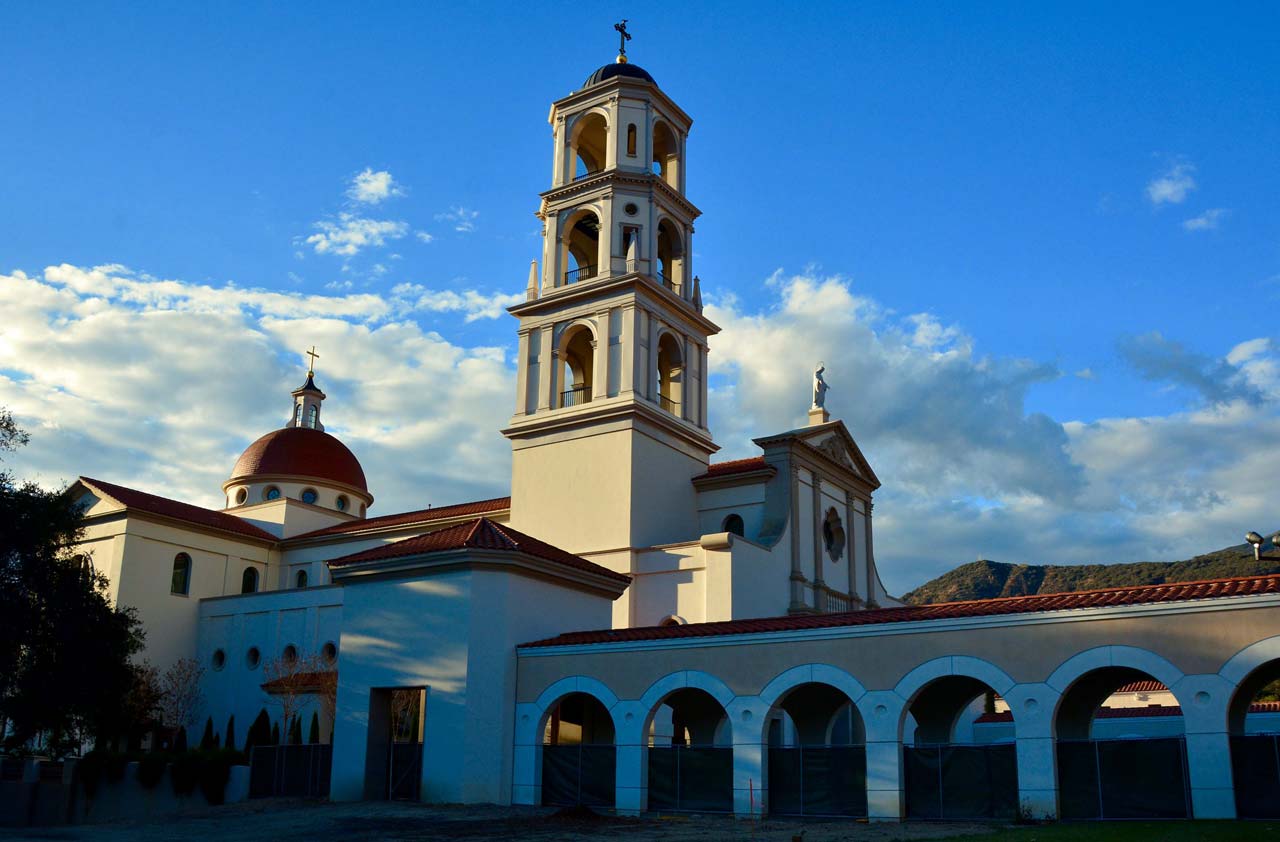Finding a Great School Close to Home
Many state colleges offer a first-rate education for a low price.

I agree with your recommendation that kids consider going to a community college and then transferring to a four-year state school. That's the track I'm encouraging for my three children. In Virginia, where we live, the "inferior" state schools include the University of Virginia, William & Mary, James Madison and Virginia Tech. Most other states have similarly good choices.
Your letter coincides perfectly with the publication of Kiplinger's annual listing of the best values in public colleges and universities. Our rankings list the top 100 schools that deliver a first-rate education at an affordable price.
All four of the Virginia schools you cite make our list. And about three-fourths of the states claim at least one top performer, so most students can find a great public program close to home.

Sign up for Kiplinger’s Free E-Newsletters
Profit and prosper with the best of expert advice on investing, taxes, retirement, personal finance and more - straight to your e-mail.
Profit and prosper with the best of expert advice - straight to your e-mail.
The company students keep
In recommending that students go to a community college, you are forgetting about the social and motivational traps young people fall into when they are surrounded by the less ambitious and less self-sufficient community-college atmosphere. I think students would be better off in the long run at a four-year university, both financially (even with large student loans) and from the standpoint of quality of life, which is too often undervalued by financial journalists.
I take issue with your generalization that community-college students are less ambitious or less self-sufficient. On the contrary, many of those students are hustling to attend school while they hold a job. Many are immigrants striving to get ahead, or students who just weren't ready to head off to a four-year school at the age of 17 or 18 (like the daughter of a friend of mine, who is thriving after transferring to a school on Kiplinger's best-value list).
Education is what you make it. If you think community college is some kind of punishment, you won't make much of it. If you look at it as a springboard to a better life and less debt, you'll make the most of it.
Call me a wet-blanket financial journalist, but I can't tell you how many e-mails I get that read like this one: "I owe $129,000 in student loans. What's the fastest way to pay off my debt?" I'm happy to offer advice. But there's no quick and easy solution.
The best way to get the debt monkey off your back is to keep it from climbing up there in the first place. Community college may not be for every student. But before heading off to any school, every student (and his or her parents) should at least consider how they're going to pay for it.
Get Kiplinger Today newsletter — free
Profit and prosper with the best of Kiplinger's advice on investing, taxes, retirement, personal finance and much more. Delivered daily. Enter your email in the box and click Sign Me Up.

Janet Bodnar is editor-at-large of Kiplinger's Personal Finance, a position she assumed after retiring as editor of the magazine after eight years at the helm. She is a nationally recognized expert on the subjects of women and money, children's and family finances, and financial literacy. She is the author of two books, Money Smart Women and Raising Money Smart Kids. As editor-at-large, she writes two popular columns for Kiplinger, "Money Smart Women" and "Living in Retirement." Bodnar is a graduate of St. Bonaventure University and is a member of its Board of Trustees. She received her master's degree from Columbia University, where she was also a Knight-Bagehot Fellow in Business and Economics Journalism.
-
 Stock Market Today: Stocks Gain on Tech, Auto Tariff Talk
Stock Market Today: Stocks Gain on Tech, Auto Tariff TalkThe Trump administration said late Friday that it will temporarily halt tariffs on some Chinese tech imports.
By Karee Venema
-
 Sam's Club Plans Aggressive Expansion: Discover Its New Locations
Sam's Club Plans Aggressive Expansion: Discover Its New LocationsSam's Club expansion plans will open up to 15 new stores each year. Learn where they plan to open in 2025.
By Sean Jackson
-
 How to Motivate Kids to Save
How to Motivate Kids to Savepersonal finance It's not easy teaching your child to save. Here are some ways readers have incentivized their kids to keep track of their finances.
By Janet Bodnar
-
 Lessons for Kids From the Crisis
Lessons for Kids From the Crisissavings One of the greatest opportunities presented by the pandemic is to give children an appreciation for the workings of the economy.
By Janet Bodnar
-
 How We Rank the Best College Values, 2019
How We Rank the Best College Values, 2019College Rankings This year, we've expanded our annual rankings to include 400 schools. Here's how we narrowed down our list to select the top colleges and universities for academics and affordability.
By Kaitlin Pitsker
-
 FAQs on Our Best College Value Rankings
FAQs on Our Best College Value RankingsCollege Rankings Here are the answers to your questions about how we pick the schools on the list.
By Kaitlin Pitsker
-
 Kiplinger's Best College Values, 2019
Kiplinger's Best College Values, 2019College Rankings Our expanded ranking names hundreds of colleges where you can get a quality education at an affordable price.
By Kaitlin Pitsker
-
 Academic Showstopper: Hamilton College
Academic Showstopper: Hamilton CollegeCollege Rankings Stellar academics, generous financial aid packages and impressive four-year graduation rate, help make this small liberal arts college a top notch pick for new students.
By Kaitlin Pitsker
-
 FAQs on Our Best College Values Rankings
FAQs on Our Best College Values RankingsCollege Rankings Here are the answers to your questions about how we pick the schools on the list.
By Kaitlin Pitsker
-
 10 Best College Values With the Lowest Average Graduating Debt
10 Best College Values With the Lowest Average Graduating DebtCollege Rankings For over a decade, the rising cost of college has forced many families to take out tens of thousands of dollars in student loans.
By Jacqueline Tanner